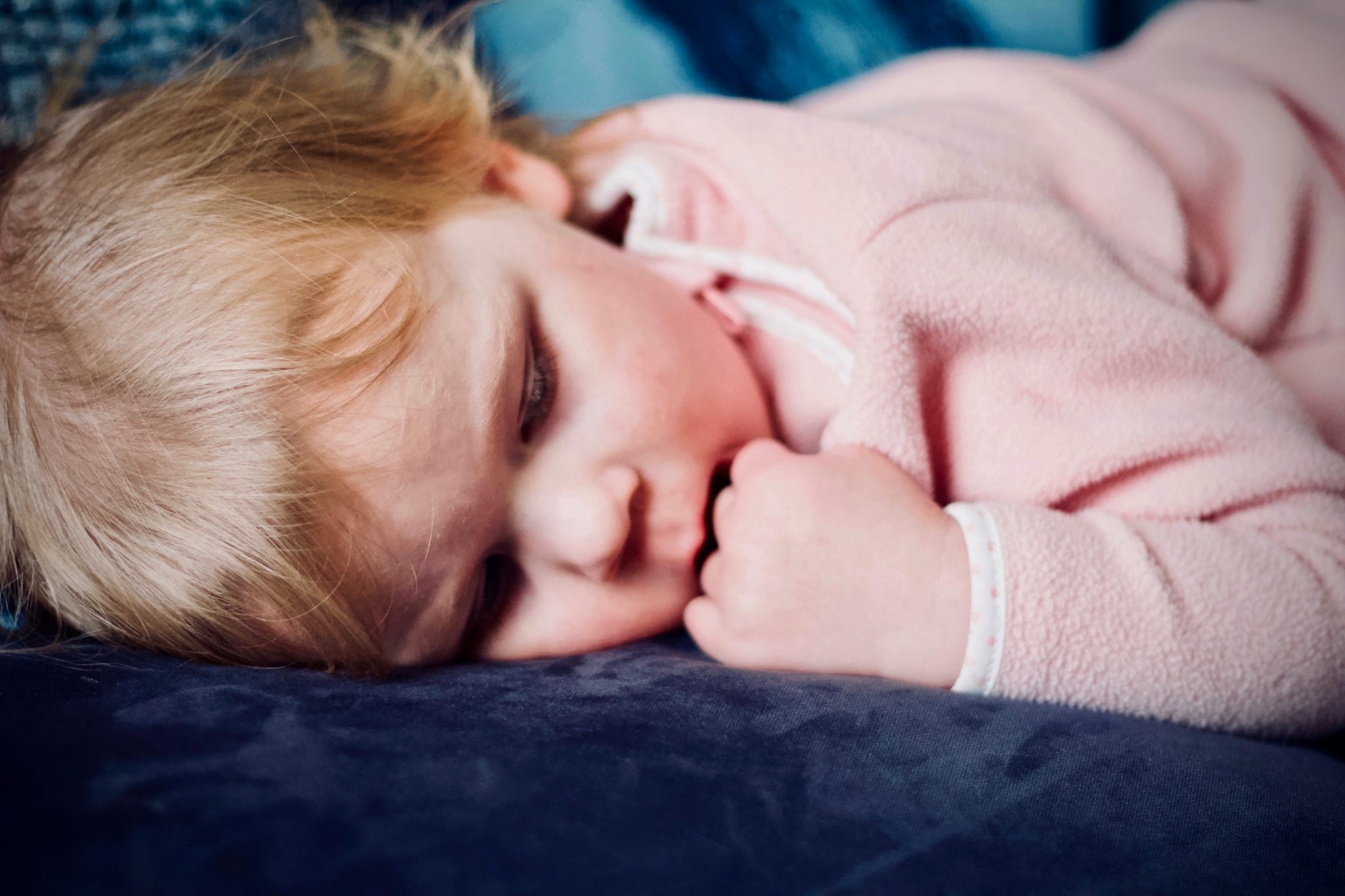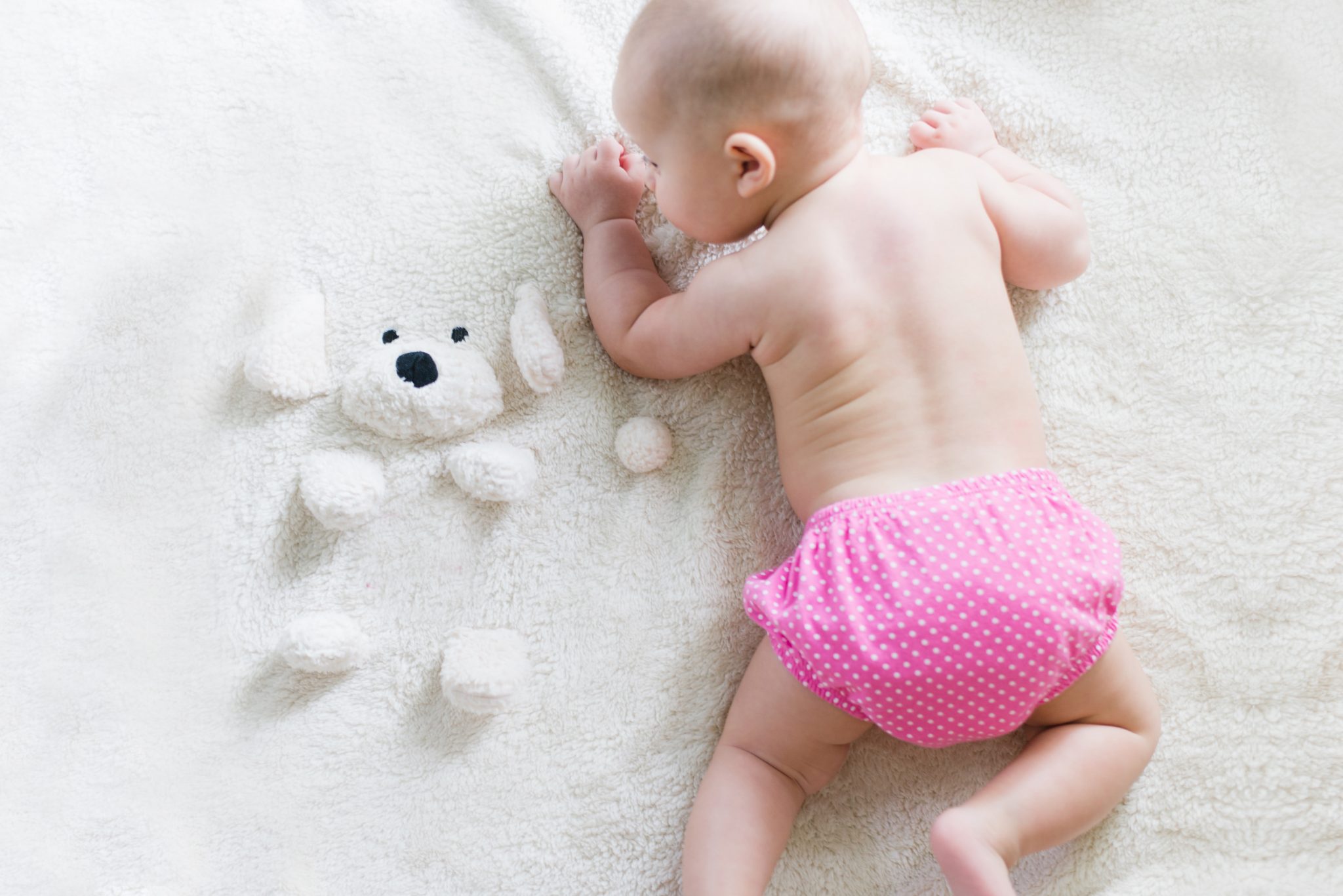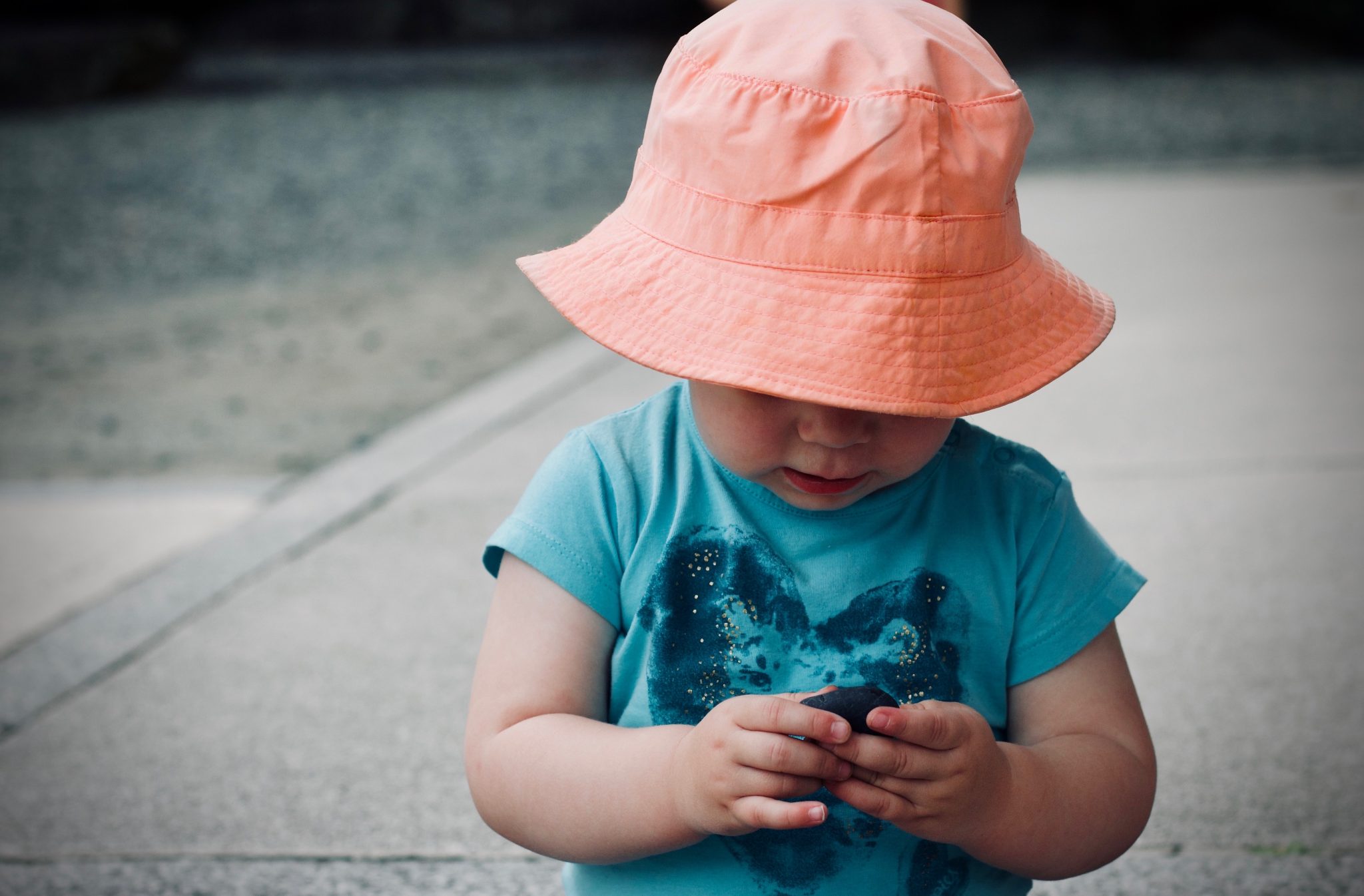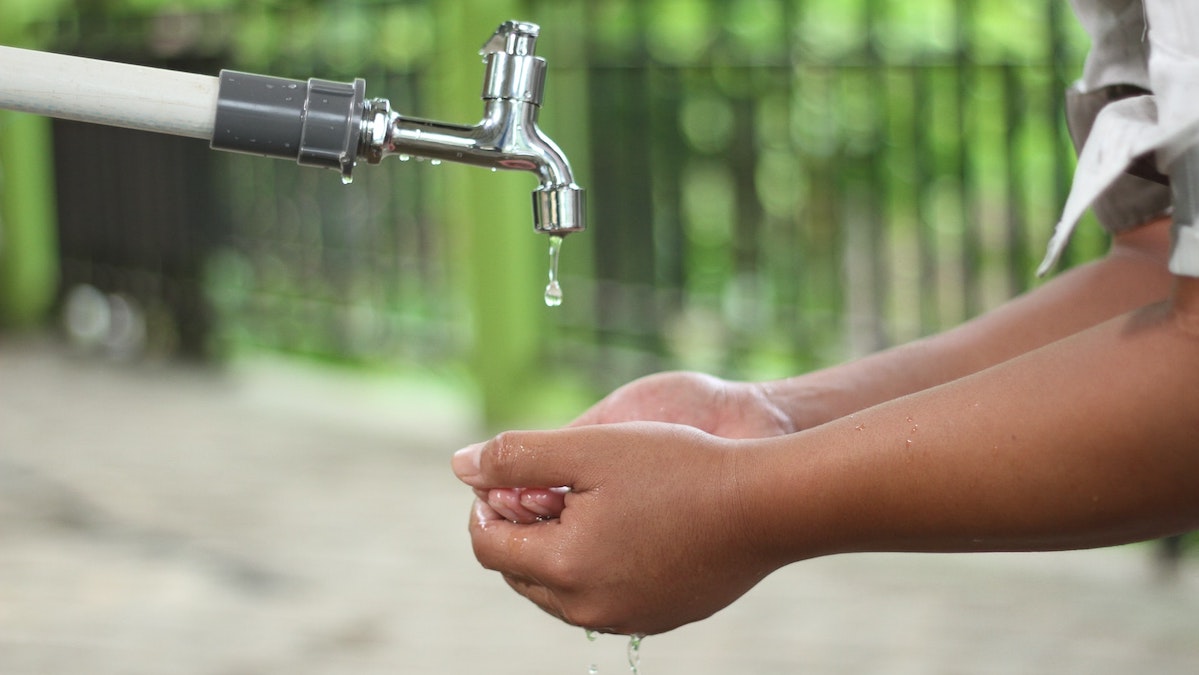Stay safe with these handwashing tips
Proper handwashing technique is vital in childcare centres, from teaching children the appropriate technique to ensuring educators also abide by high standards of hygiene.
In light of the current coronavirus pandemic, having the right handwashing procedure is now more important than ever before. Here’s how to encourage the right handwashing technique in children, as well as maintain the hygiene standards of staff.
Proper handwashing technique
Washing your hands with warm water and soap kills viruses that may be living on your hands and could be introduced into the body via your mouth, nose or eyes when you next touch your face. Here are 5 steps to hand hygiene that should be followed:
- Wet your hands using warm running water
- Apply liquid soap (bar soap is more likely to harbour germs)
- Rub hands together for at least 20 seconds, covering the palms, backs of the hands, the space between the fingers and underneath the nails
- Rinse hands under running water to wash soap off
- Dry hands with a disposable paper towel. Throw the paper towel away in a lined rubbish bin.
Educating children about proper handwashing
To help children remember all the different areas of the hand they need to wash, it may be helpful to provide them with imagery of each handwashing technique. For example, ‘pray’ might refer to rubbing the palms together, while ‘petting the dog’ could refer to rubbing the surface of the hand. Other movements include ‘butterfly’, ‘milk the cow’, ‘church steeple’, ‘rock, paper, scissors’ and ‘spiders’.
It’s also helpful to give children a song to sing as they wash their hands. This ensures they have washed their hands for at least 20 seconds, and also makes the chore somewhat fun to complete. Singing ‘Happy Birthday’ twice is a popular option, as is ‘Row, Row, Row Your Boat’. You could even make a game out of it, or create your own song together to make it even more fun.
Children should be prompted to wash their hands:
- Before preparing, cooking or eating food
- After using the bathroom
- After touching animals
- After playing outdoors
- After cleaning the house
- Before and after seeing sick relatives or friends
- After coughing, sneezing or blowing their nose
Soap and water are preferable for washing the hands, but sanitiser can also be used in a pinch. By following these proper handwashing steps, you can ensure that the transmission of germs is greatly reduced while keeping the children around you healthy and happy.
You might also be interested in…

Blog
QA2: Sleep Checks
NQS Best Practices: Childcare 2020 Monitoring sleep for your infants is a critical component of care. Ensuring a safe sleep ….
Read more

Blog
QA2: Nappy Checks & Changes
NQS Best Practices: Childcare 2020 In addition to meeting children’s physical needs, nappy checks, changing and toilet training are opportunities ….
Read more

Blog
QA2: Being SunSmart
NQS Best Practices: Childcare 2020 The Cancer Council of Australia has established guidelines to follow for children being SunSmart in ….
Read more

by Dean Comeau (Marketing Team Lead)
-
First published: 05 May 2020
Written by: Dean Comeau
